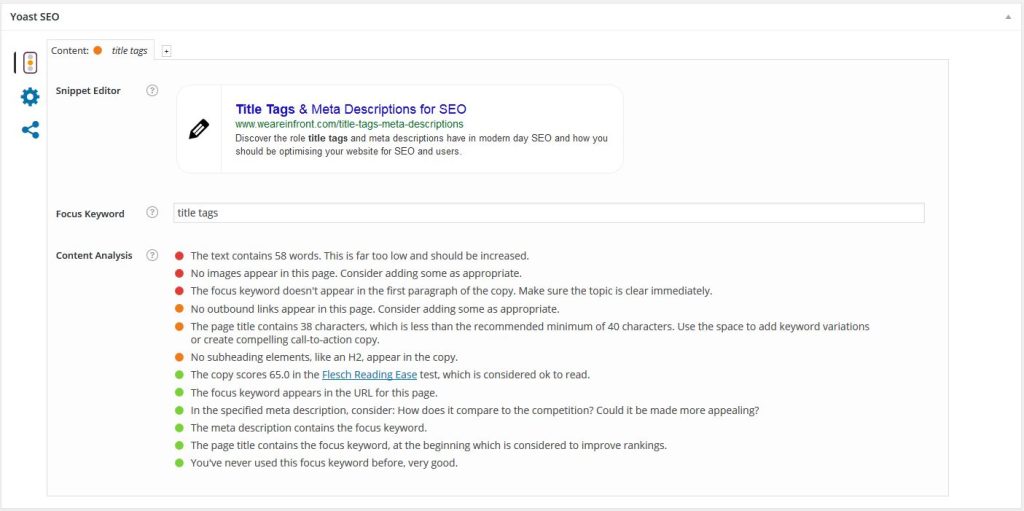More times than not, if you aren’t actively optimising your website for SEO then your rankings will reflect this. If you are developing a new website, choosing the right CMS for your requirements is an important decision as if the content management system is too basic it won’t have the features you need to succeed in the search results.
One of the most popular CMS systems, WordPress, has many built-in features that make optimising your website for SEO a piece of cake!
Keep reading to find out why WordPress is the go-to content management system for webmasters who are serious about their SEO.
Permalinks
When you first create your WordPress site, WordPress will automatically set your URL structure to follow their default ‘plain’ setting. Whilst many settings in WordPress can be left untouched, this is a setting that you should change to ensure your webpages are fully optimised and follow a clear navigation structure. WordPress provides you with 5 common settings and the option to create your own custom structure. Unless you have a custom structure in mind, it is recommended that you choose the Post Name setting. However the Post Name setting is not recommended for users who post multiple times per day as it can become difficult to define unique URLs for each post, instead consider using the Day and Name setting.
Title Tags & Meta Descriptions
The title tags, meta descriptions and URL’s of your blog posts are the three things that entice a user to click through to your website from the search results so it is crucial that you optimise your title tags and meta descriptions for every post you create. WordPress allows webmasters to install plugins to add further functionality; one of these plugins is the Yoast SEO Plugin. This plugin gives you a checklist of changes you can make to a page or post to make it more user friendly and optimised for SEO. Read our comprehensive guide on the Yoast SEO Plugin.
Categories & Tags
In WordPress you can categorise your content by using categories and tags which will help Google define what your post is about in greater detail and also helps categorise content for your readers. For example, if I searched for ‘PPC tips’ the category would be ‘tips’ and the tag would be ‘PPC’. Tags should be used to group similar posts and you shouldn’t just tag pages for the sake of tagging, if it doesn’t fit a specific tag then don’t tag it.
Image Optimisation
Optimising your images for SEO is a crucial and often overlooked step; luckily WordPress makes this process a lot more streamlined than other CMS systems. When you upload images into the CMS, you are given a multitude of fields you can fill out to add more value and SEO benefits to your images.
Read our guide on how to optimise your images for SEO.
Easy To Use Code
Unlike other platforms, WordPress code is very clean and simple which means search engine bots can index your site much easier. You can help keep your code clean by ensuring you use well-developed themes and plugins to ensure your site doesn’t become too code heavy.


